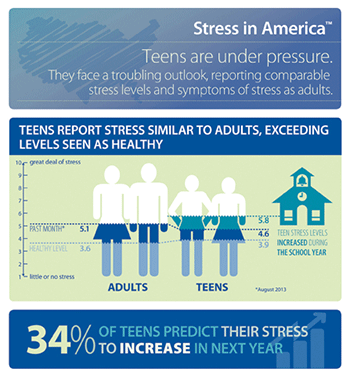Oscar Wilde once said, “Nowadays people know the price of everything and the value of nothing.” The quote itself is from The Picture of Dorian Gray, a book about a man who values himself and his possessions above his morals. The quote, however, holds true to today’s society. People pursue jobs with a high paycheck rather than careers that would make them happy or help others. The jobs that are most heavily pushed now are STEM jobs. Pushing jobs means incentivizing: meaning higher pay. This push is killing interest in humanities and all similar studies.
As mentioned in the previous paragraph, people aren’t pursuing humanities degrees as much as they used to. Humanities have declined by 2.2% while engineering has risen 92% and physics has increased by 47% (Roberts 12). The steady decline of humanities has been happening for a long time. Meanwhile, STEM degrees have been gaining in popularity over the same course of time.
The correlation between humanities and STEM may be a coincidence, but it does not appear to be. Correlation does not always mean causation; however, it does mean a pattern. Patterns will always have a root cause. In this instance, the cause is the push for STEM. Professors of business have an average salary of $208,000; meanwhile, professors of humanities have an average salary of $108,000 (Donoghue). A $100,000 jump in pay is offered for a degree involving math. The financial incentive makes it hard to care about any art. Financial incentives aren’t the only push being made for stem.
The push for STEM partially aligns with the idea that humanities are useless. There has been a “50 year culture war” against humanities as a whole (Hayot). This culture war was only heightened by STEM’s rise. Stem has immediate and tangible results, making it seem like it is far more useful than humanities. The idea that is constantly thrown around is that humanities are meaningless. People often throw around rhetoric that humanities do not advance society. STEM can’t have these arguments made against it, due to its tangible results.
Many places are urging a restoration of humanities. The urges are not well heard, however. Many people ask “with pressures around STEM and standardized tests,” where will humanities fit? (Zalaznick). For many people, the answer is nowhere. Many colleges have cut back on their humanities programs. Finding colleges that have specializations in any of the less popular humanities degrees has become increasingly difficult because of the focus on STEM and standardized testing.
At this point, it appears all is lost for humanities. Their popularity and push have been declining for many years. The only hope appears to be left for the biggest and most prestigious universities in the country. Harvard, Yale, and Princeton “have a higher proportion of undergraduatehumanists than the national average” (Grafton and Grossman). The appeal of humanities still matters to the elite. They can push humanities programs to the incoming freshmen very easily. The push they make is simple for them, as they are some of the richest places in the country. They don’t have to worry about the push for STEM affecting their funding the way smaller universities do.
The largest cause of this decline is the lack of financial support for humanities. The previously mentioned STEM incentives may sound similar; however, it is only half of the financial story. The average salary for humanities majors is $50,000 with the average start salary being $30,000 (Gutting 1). With withdrawn support, finances begin to match. Despite having to go through years of education for many humanities jobs, the payout often doesn’t match the effort. When all of the support is going to a different place, the money follows. With all of the support being on STEM, the funding for humanities programs has fallen quite drastically. The fall in funding has caused a larger dip in interest. The fall in interest has been followed by another dip in funding.
STEM has had more effects on humanities than most people would expect. The fall seems almost irreversible. The future seems more and more dim for all humanities degrees. This decline has not gone unnoticed. It has also been noted by many that the educational push for STEM may have had an effect. Many are now trying to, instead, make the case for “well-roundedness” (Holden). The STEM push is certainly not going away any time soon. STEM is very needed in our society, just like humanities. Many are trying to find ways to engage the humanities in STEM. The acknowledgment of the problem and solutions being suggested are a big start to ending the decline of the humanities.
STEM’s effect on humanities isn’t irreversible. Once people realize that humanities are needed just as STEM, they will regain their popularity. Until people decide to try to make a change for the betterment of society, humanities will continue to decline. Do you know something’s price, or do you know its value?







